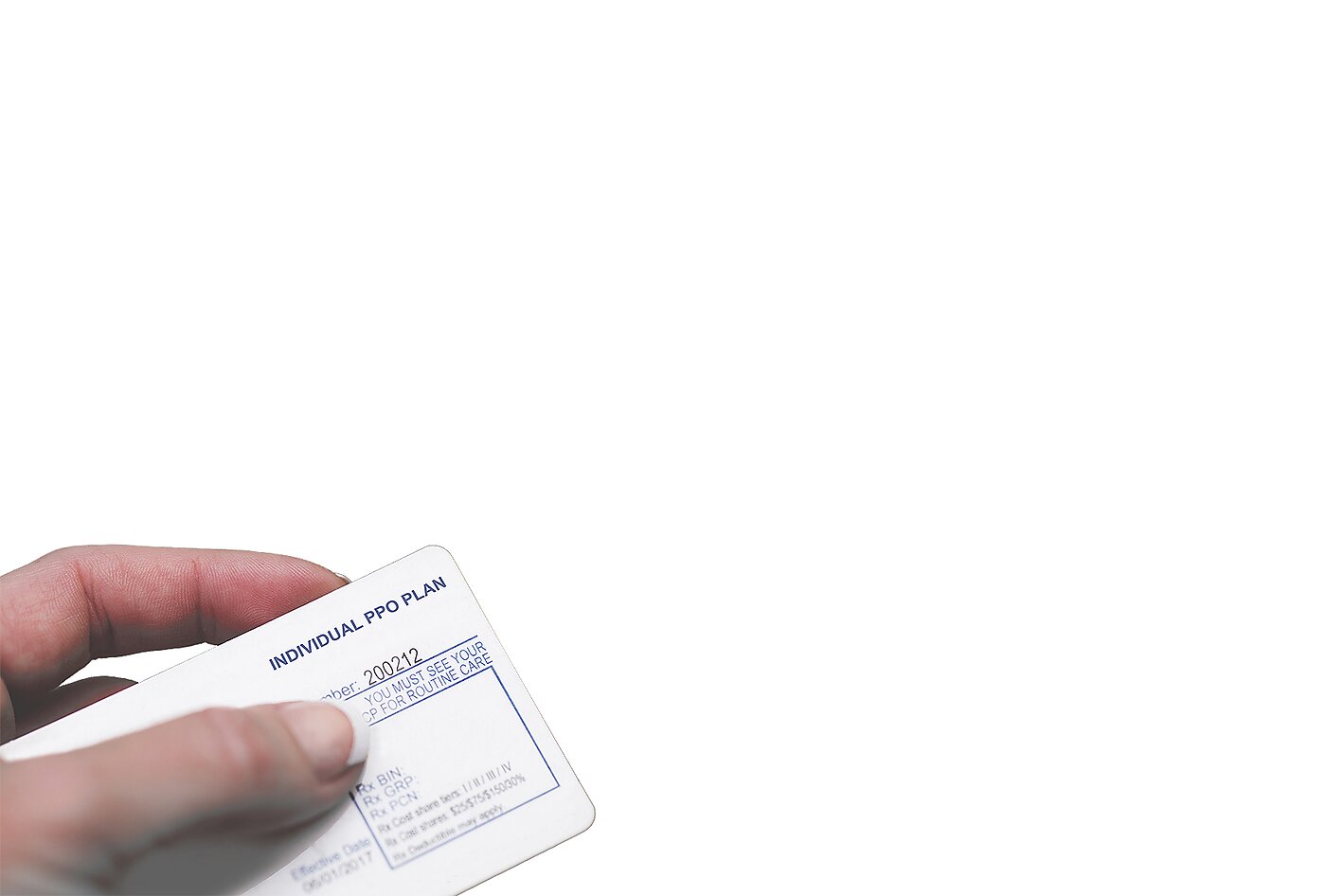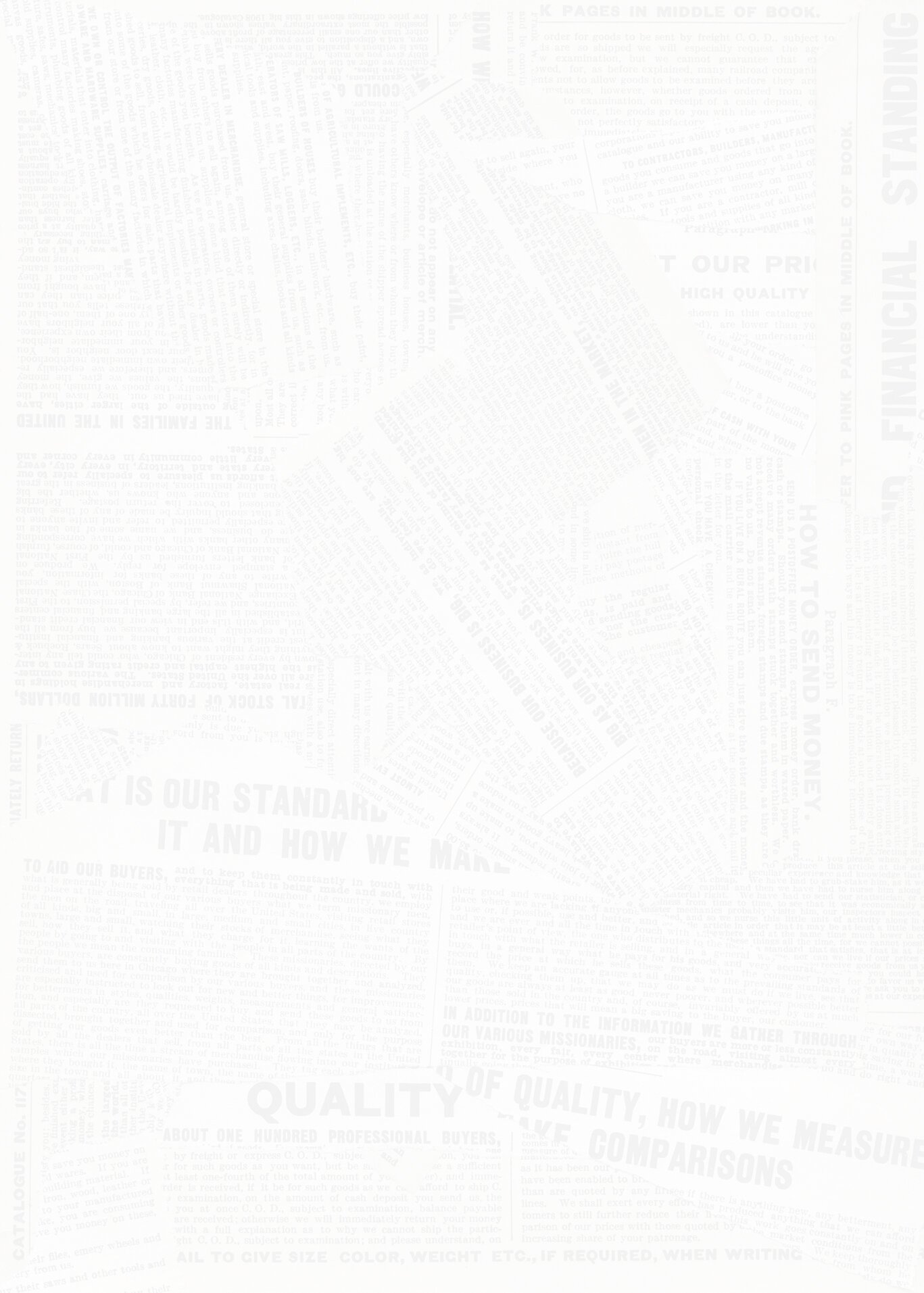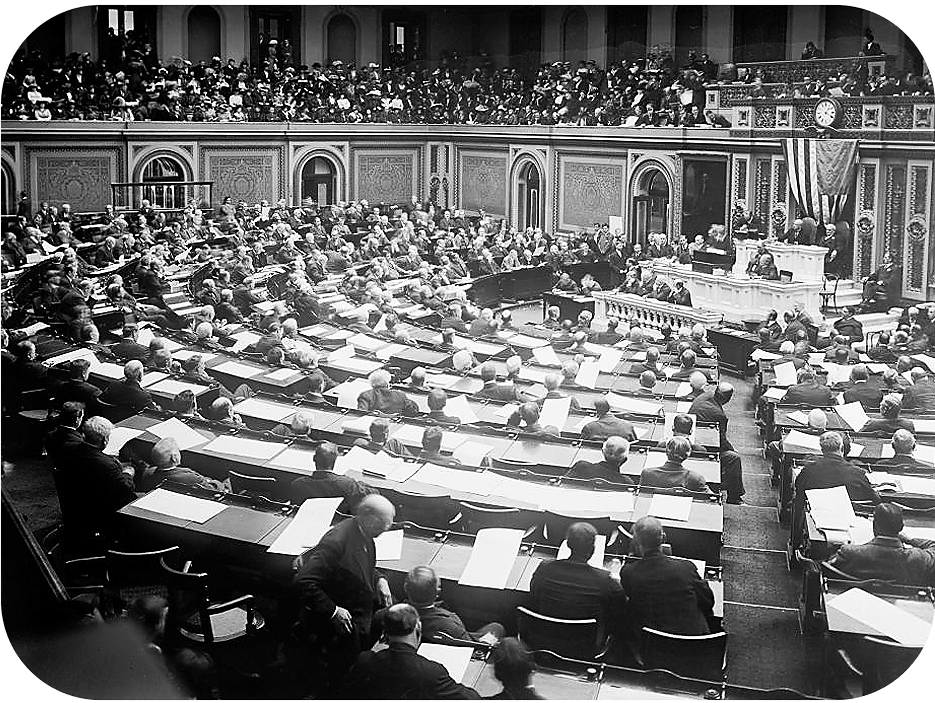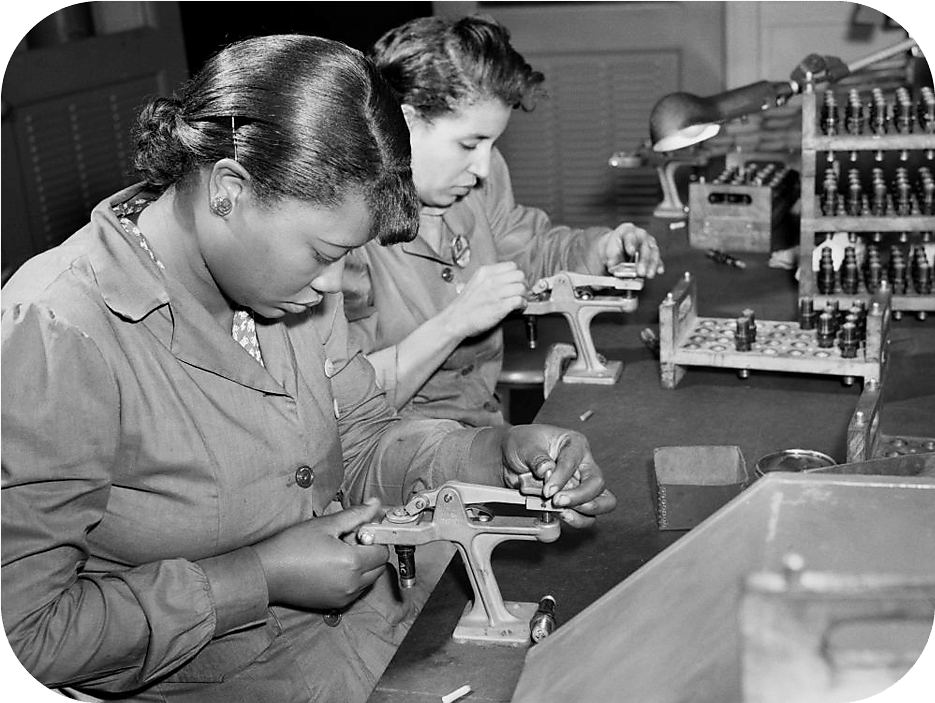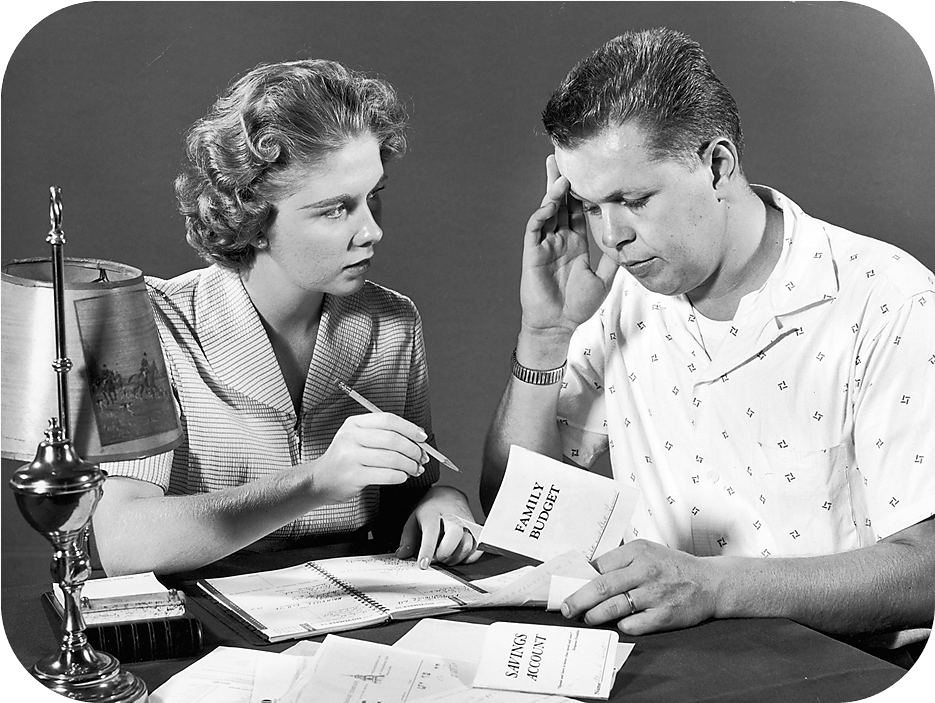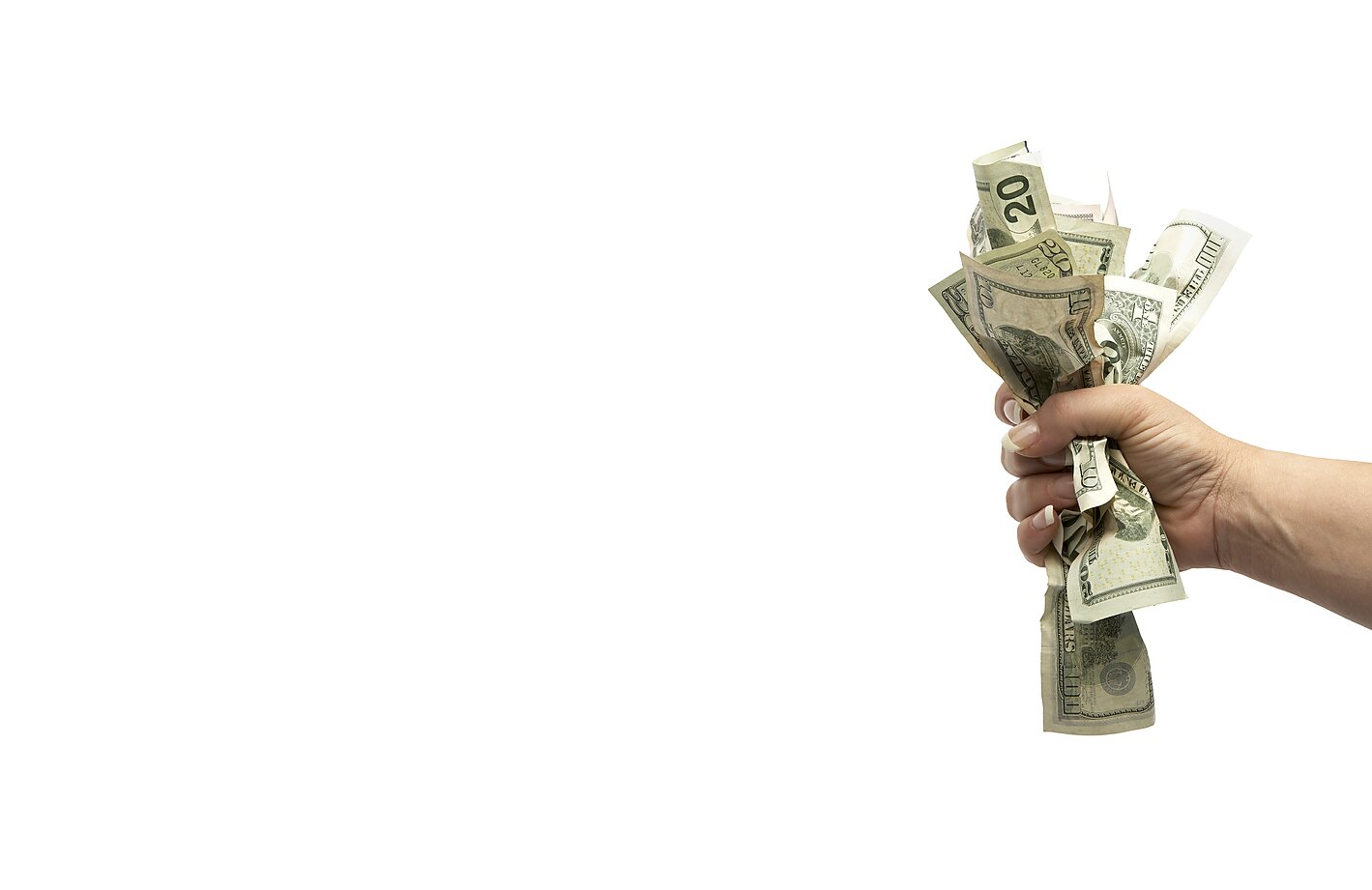…where a pickpocket takes money out of your wallet, and with it buys you a glass of chardonnay. Although you would have preferred a pinot noir, you decide not to look that gift horse in the mouth and thank the stranger profusely for the kindness, assuming he paid for it.
Most economists believe that employer‐based health insurance is an analogue of this bar scene.”

